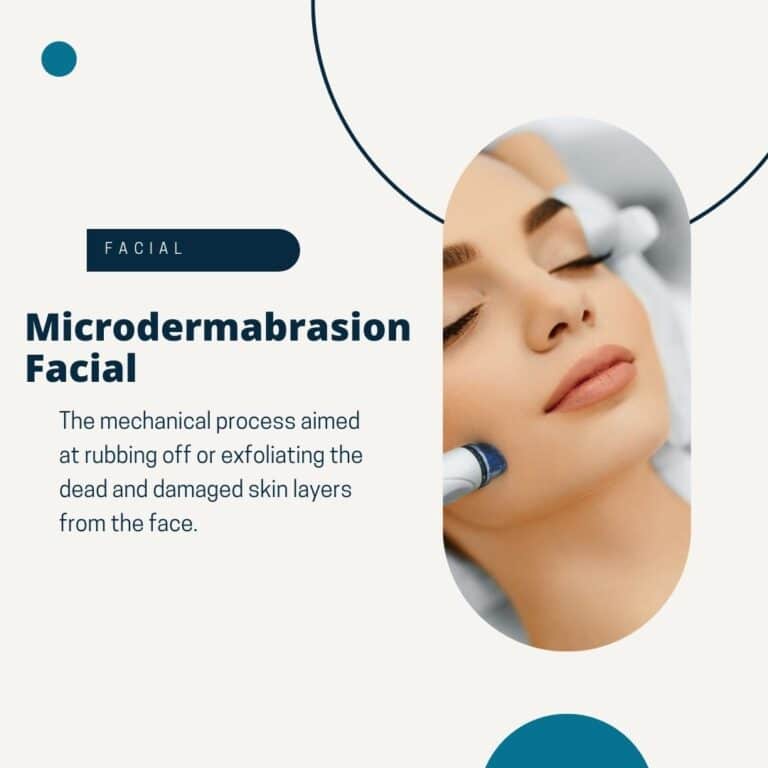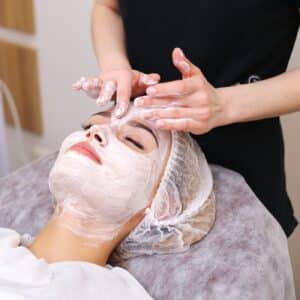
When trying something for the first time, you want to know what to expect. If you’ve never had a Microdermabrasion Treatment, we want to give you a little information about what the process is like and what the benefits are. So you can come in feeling relaxed, prepared, and ready.
What is Microdermabrasion? How does it work?
Microdermabrasion is the use of using microcrystals to exfoliate and remove dead cells on the upper layers of your skin. Micro meaning small/light and dermabrasion is the physical exfoliation process. So if you put them together – you get a light exfoliation. Your outer layer of skin most often contains noticeable blemishes, skin discoloration, and wrinkles. By exfoliating that outer layer, this treatment has been known to help with many skin problems, such as age spots, fine lines, sun-damaged skin, dry or oily skin, wrinkles, and even clogged pore

Who could benefit from Microdermabrasion?
Many people can benefit from Microdermabrasion. This treatment has been shown safe for almost all skin types. If you suffer acne scarring, discoloration, dull skin, fine lines, and wrinkles or age spots, you could benefit from microdermabrasion treatments.
Non-Invasive:
The great thing about using Microdermabrasion is that it is non-invasive. There are skin rejuvenating treatments that utilize a dermatologist that may be more evasive and require downtime. Microdermabrasion treatments are done by using a crystal and diamond devise that gently exfoliates your skin, giving it a healthy and bright appearance with no recovery time needed.
Painless:
Because this treatment works on the skin’s surface layer, there is no pain or discomfort. Microdermabrasion uses a little suction, which leaves little room for discomfort.
Long-lasting results:
You may have noticed that topical creams may help hide fine lines and wrinkles. But through using microdermabrasion treatments, you don’t only get short-term results, and you get long-term results as well. These treatments help increase your skin’s elasticity, renew your skin cells and support the production of collagen.





